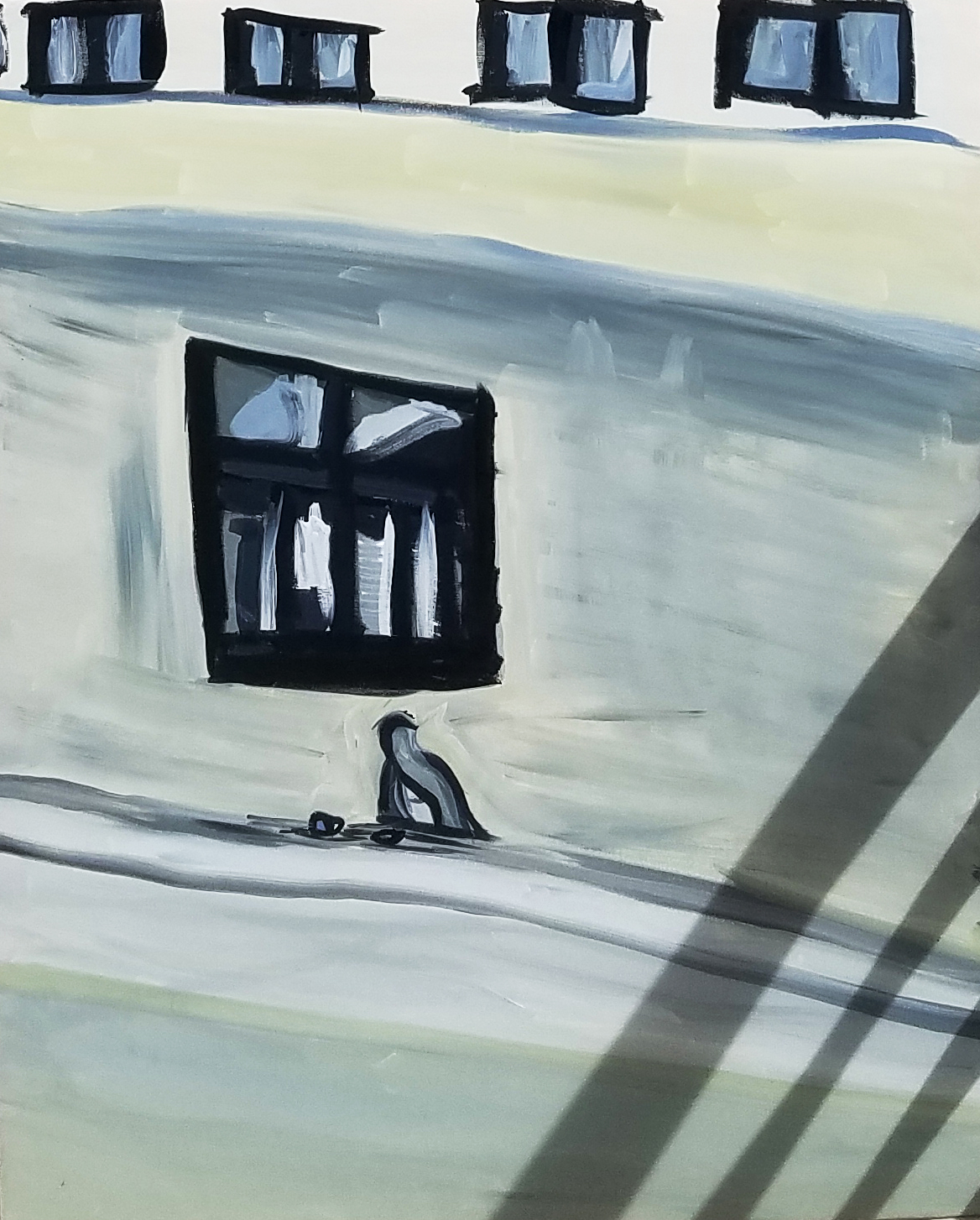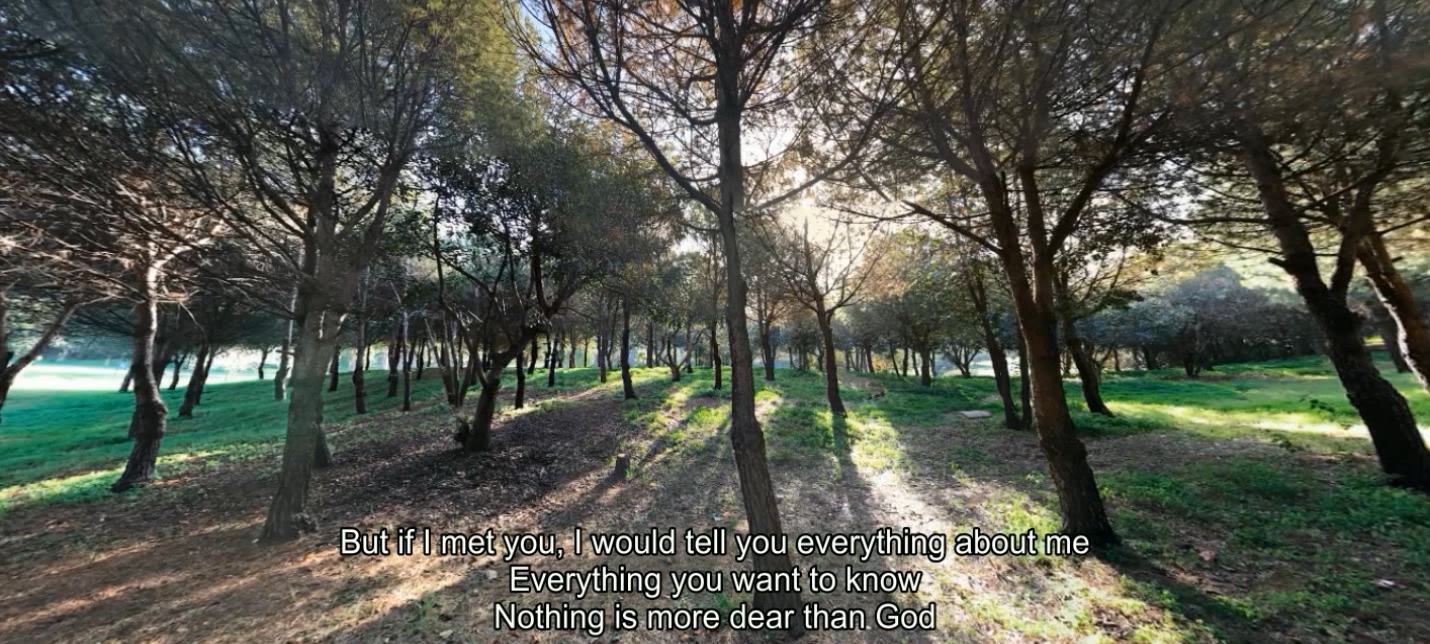REVEALING — for Beirut Art Fair
REVEALING — for Beirut Art Fair
Balsam Abo Zour
Yusef Audeh
Nadim Choufi
Ieva Saudargaite Douaihi
Hadi Fallahpisheh
Lynn Kodeih
Cristiana de Marchi
Hussein Nassereddine
Ghita Skali
Maya-Ines Touam
18—22 September 2019
Beirut Art Fair, Lebanon
Curated by Rachel Dedman
REVEALING presented ten artists from across the MENA region who were at the time unrepresented by commercial galleries.
The platform allowed artists to participate in Beirut Art Fair for free, and sell their work without commission.
Selected via open call, the diverse practices of REVEALING’s artists resist categorisation or a single theme. The works exhibited addressed history, image-making, technology, sexuality, and the limits of nationhood; using painting, print, and photography, as well as sculpture, embroidery, video, and the digital.
Working from all over the world, their practices respond, implicitly or otherwise, to the personal, political or socio-economic conditions that dominate contemporary experience. REVEALING thus reflected some of the urgencies and ideas that command artistic attention today, and the voices that channel them.
Working from all over the world, their practices respond, implicitly or otherwise, to the personal, political or socio-economic conditions that dominate contemporary experience. REVEALING thus reflected some of the urgencies and ideas that command artistic attention today, and the voices that channel them.



Yusef Audeh’s paintings seek to reflect the patina of his encounters—their texture and mood. Concerned with the rationalised, corporatised nature of contemporary experience, his work applies wry wit to scenes of daily life. This series, painted in Ramallah and Amman, reflects the experience of ongoing occupation in its mundanity as much as its intensity. The apparently-cool distance Audeh takes from his subject belies the paintings’ emotional charge. This deliberate ambivalence is part of Audeh’s intent to slow down the painting, countering the speed and circulation of contemporary imagery.

Nadim Choufi’s work examines the living significance of digital material. I’m ± Here engages the form of the digital photo frame, used in Arab homes to display family pictures on endless loops. The content of the video – archival conversations from Arabic chat forums, of lovers who have never physically met – is both intimate and anonymous. The work addresses the way language is mediated by technology, both in literal terms, and as a performance of domesticity. Since 2017 Choufi has made a record of every error and correction he and Autocorrect make when typing on his device. Excerpts of All of My Mistakes collects correction-phrases to reveal the ideological biases embedded in language correction software.

20.18.2018 marks a precise, if arbitrary, ritual – Saudargaite Douaihi took a single screenshot on her phone at 20:18 every day of 2018. Presented in the form of its production, the work becomes a kind of experimental diary, a record of the intimate relationship we have with our devices, as much as with their content.


For these works Hadi Fallahpisheh set up a darkroom that captures the movement of his body onto light-sensitive paper. By getting rid of the lens, Fallahpisheh interrupts certain historical tenets of the photographic process, troubling the position of the artist. Rather than behind the camera, the artist’s body intervenes between light and surface, the agent becoming content. His performative photographs play with scale, blowing found negatives out of proportion. Bringing irreverence to the weightiness of contemporary media imagery, Fallahpisheh’s work engages with the circulation of information, and the political potential of working, literally, from the dark.
Lynn Kodeih’s lightbox
assemblages are part of her ongoing work on the horizon, as a site both physical and imagined. The pieces create a
potential non-geographic space, set between the ‘not yet’ and ‘no longer’. Interested
in natural landscape and the limits of vision, Kodeih’s work translates her video practice into three dimensions; combining
text, image and light. The titles are extracts from her science-fictive work, The
city of no faces, which addresses the porosity of borders and the
experience of pregnancy
Cristiana de Marchi’s
works address the politics of space and mobility at an intimate scale. Nostrum Mare abstracts the
space of the Mediterranean Sea into a dense landscape of white embroidery. Usually
imaged as the negative space between countries, the Mediterranean is given
physicality here, reflecting its nature as both border and bridge, liminal but
tangible. This work, along with An Atlas of Clouds, bring into tension
the transient and the permanent. The stamp – just like the map – lends authority
to its subject, while enabling movement. De Marchi harnesses the power of cloud
and sea to speak to both the ephemeral and eternal.

Part of Hussein Nassereddine’s ongoing work on histories of Arabic literature, The Complete Uncredited Works engage with important anonymous texts, and the aesthetics of book design. Playing with the grandeur of embellishment and emboss, Nassereddine explores how the authority of a cover might act as antidote to the fragility of its content. Indeed, the books here are missing altogether, their bindings rendered useless without referent. Impossible objects, made to hold something that doesn’t exist, this work reflects the delicate, poetic process of disintegration in the writing of history, as texts become untethered from their authors.

Ghita Skali’s multi-faceted installation, Palm Attacks, centres around the recent use of artificial palm trees within the urban fabric of Morocco: as modern camouflage systems for communication devices. Blending fiction and found digital material, Guided visit of Tangier’s Palm Grove presents Morocco as the testing ground for a contemporary landscape that co-opts and conceals nature in the service of financial speculation and governmental control—vaunted as ‘modernity’ and progress.

Maya-Ines Touam is an Algerian photographer based in Paris. Raised in France, Touam’s work interrogates her heritage through highly-composed photographs. Appropriating typical Orientalist tropes, Touam’s work engages with the history of vanitas painting, a mode of representation traditionally used to communicate power, wealth and intellect through elite symbolic language. Placing contemporary Maghrebi material culture within a Western art historical paradigm, Touam complicates how identity is shaped and represented in a globalised present.